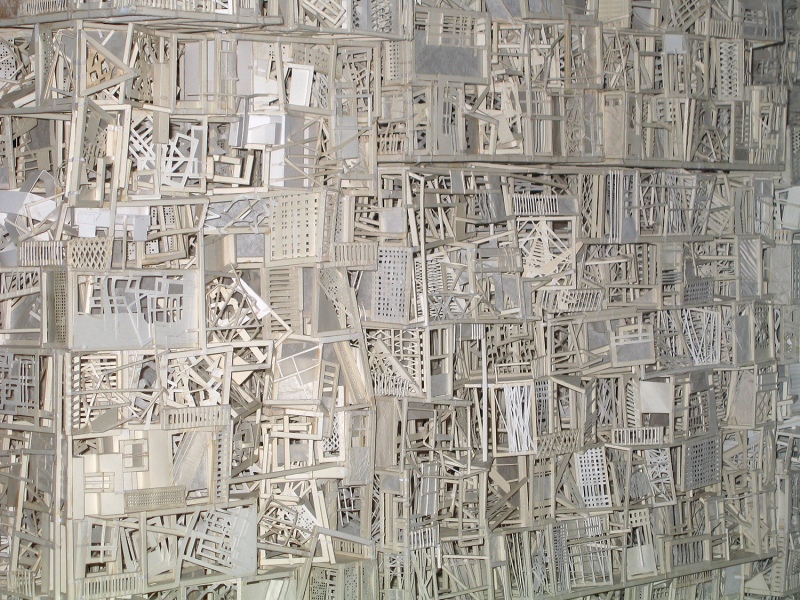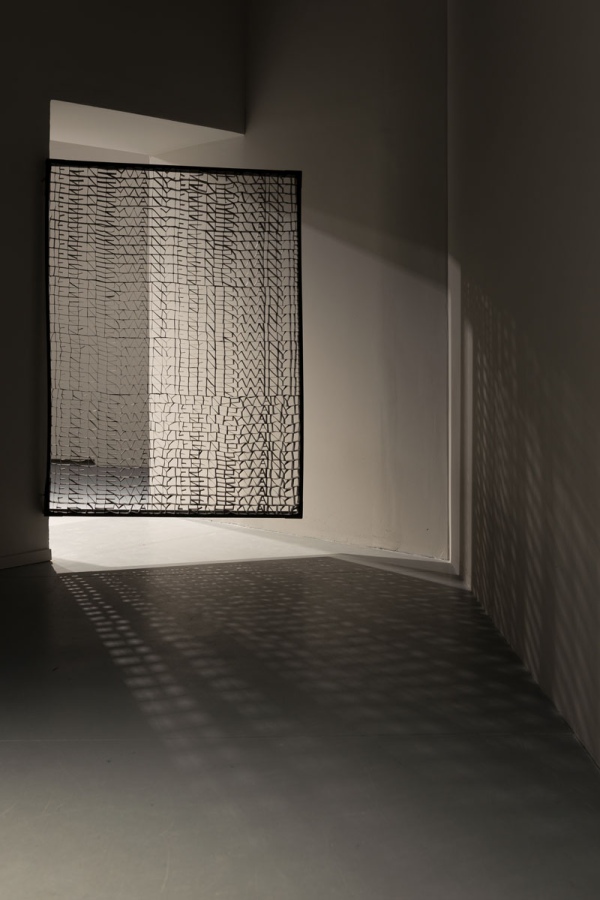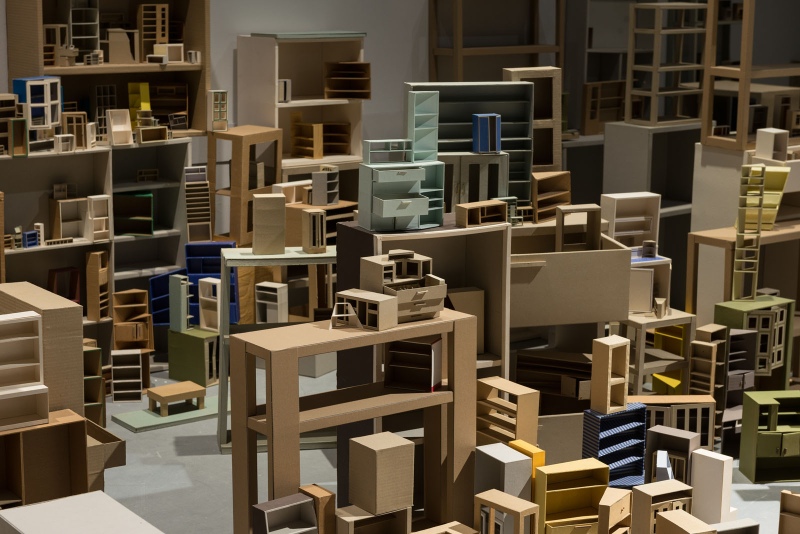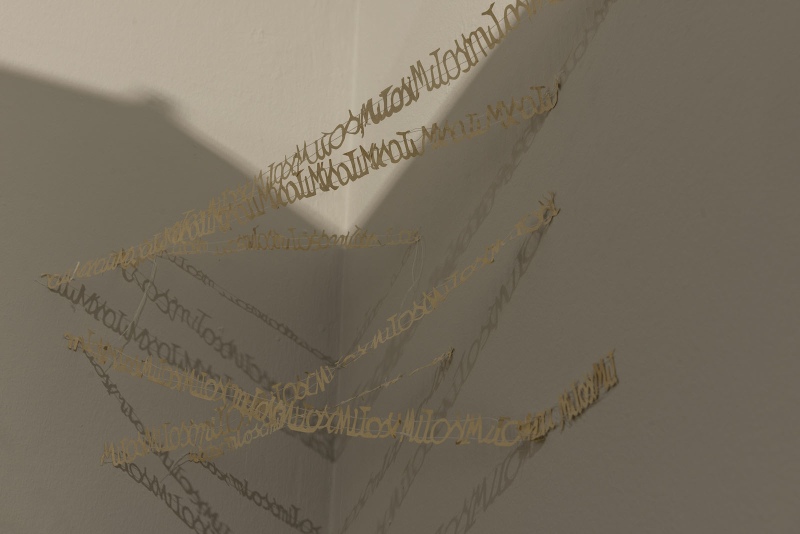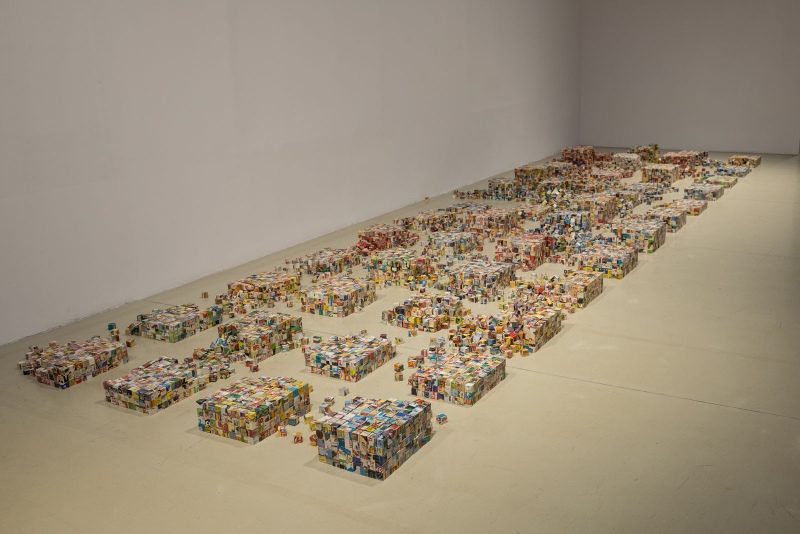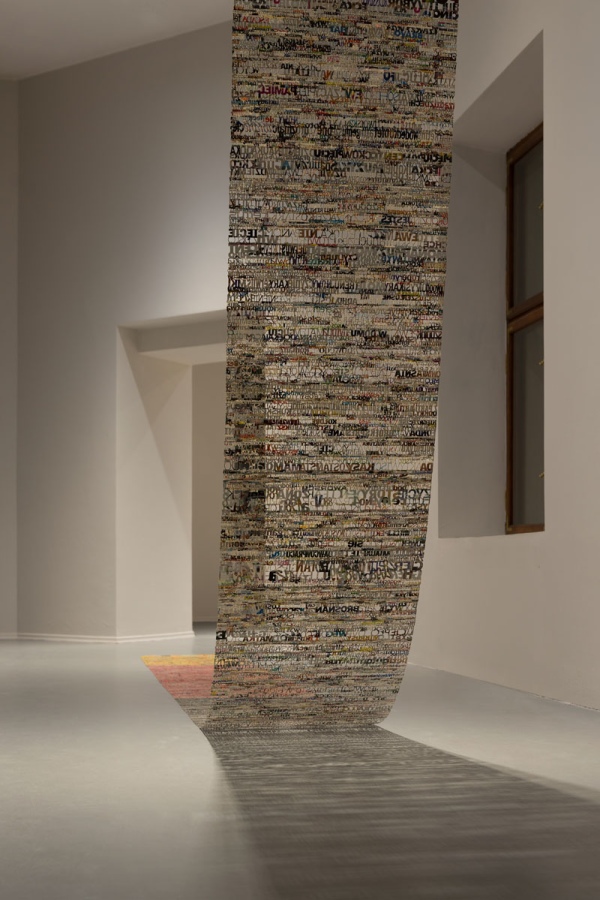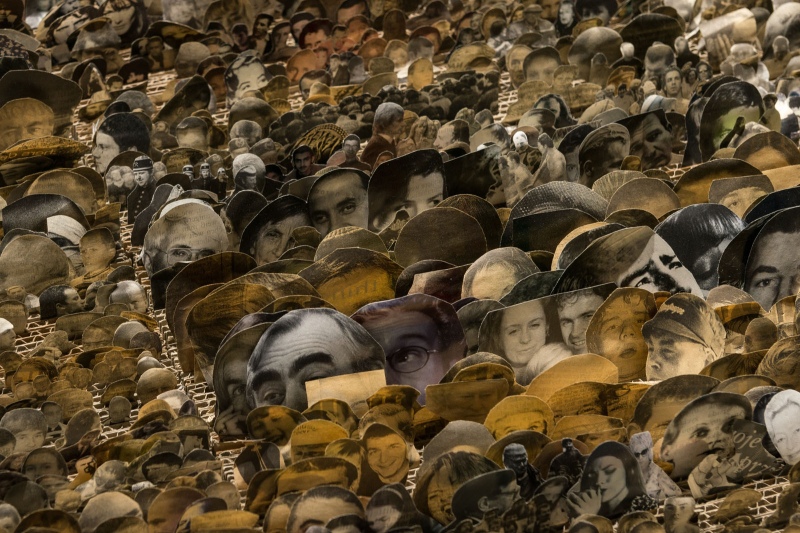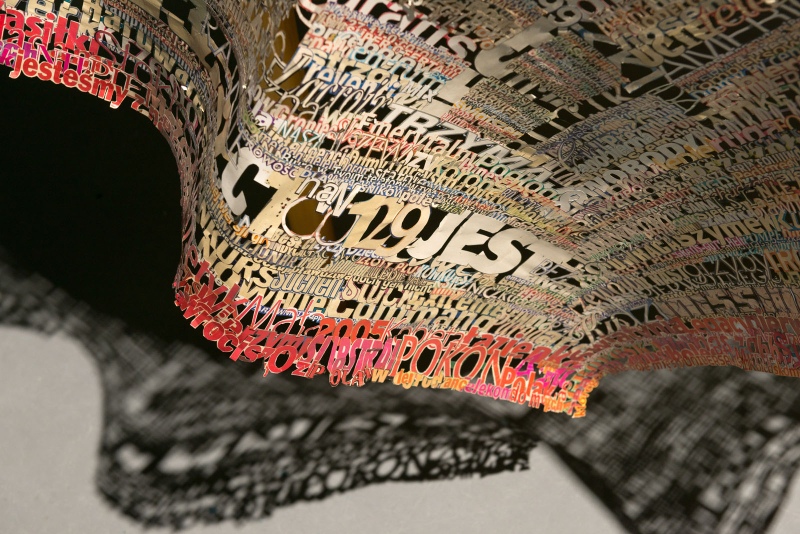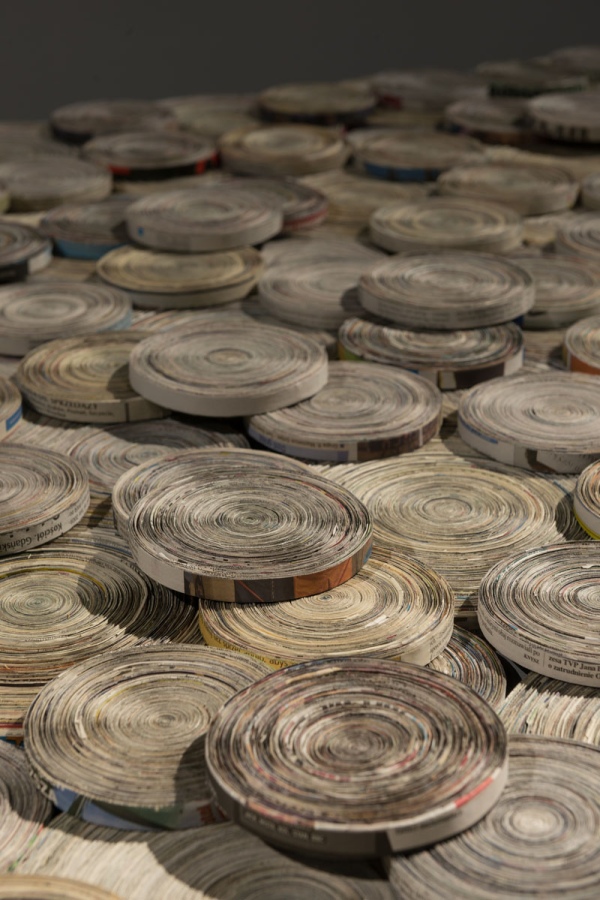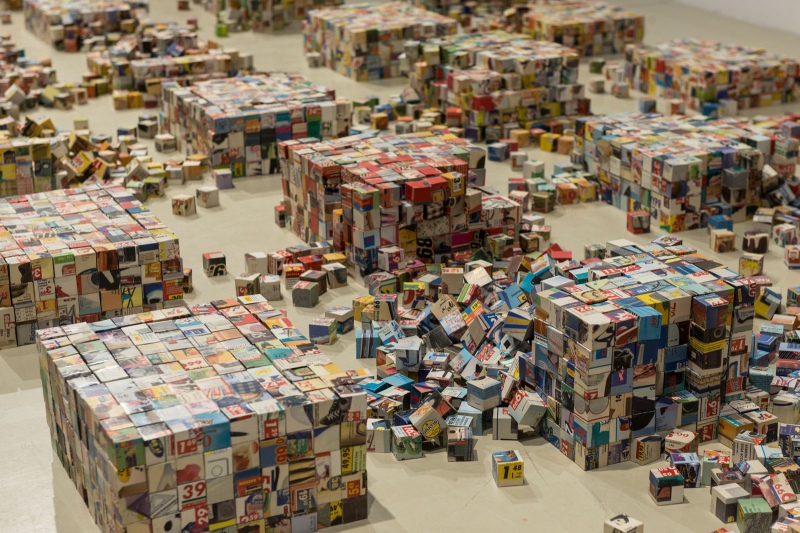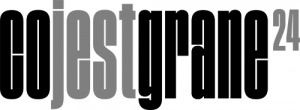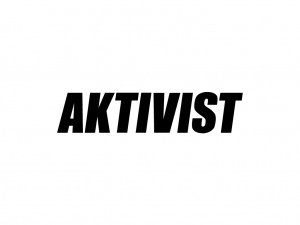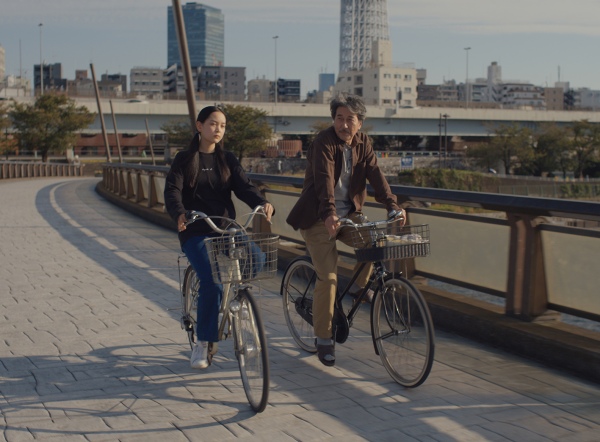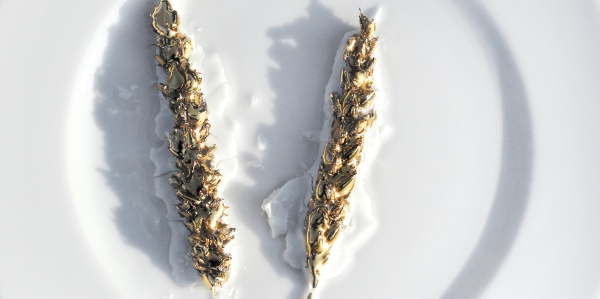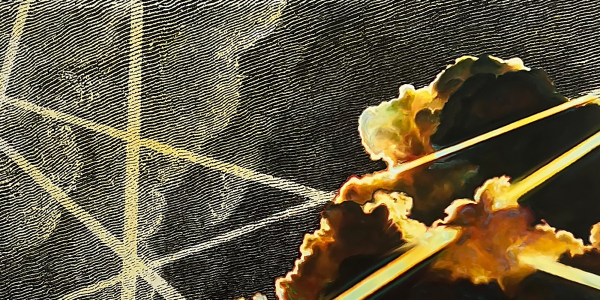Katarzyna Józefowicz
Habitat
"In my works, laboriousness and monotony are not defects, but on the contrary, they are attributes, building blocks on which I decided consciously and voluntarily. [...] This cutting out or gluing is a kind of mantra for me."
Katarzyna Józefowicz
The exhibition Habitat, the first comprehensive presentation of the works of the artist, is almost retrospective in character. It features almost all of her artworks – drawings, sculptural drawings and sculptures made of clippings cut out of newspapers and colourful magazines, as well as paper and cardboard. This selection not only shows her achievements and artistic development, but also her reflexions, exceptional in Polish art, concerning the desire to find her own home and her own place: from post-socialist blocks of flats, through fear and escape from those blocks, to living with her family in her own house.
The works of Józefowicz are inherently linked to reflexions about sculptures and sculpting, yet not only. The reflexions also touch upon drawings and the act of drawing, the writing, the act of writing and of taking notes, and finally upon artistic activity and form, which transgresses all of the above, embraces them and provides reference points and landmarks for them.
Her artistic activity and practice requiring Benedictine patience and extraordinary humility, consisting in hours, days, weeks, months and years of extremely careful and diligent work: carving and cutting with scissors and cutters, knitting, folding into cubes and glueing; developed in view of the horizon of her journey. It started when she moved out of her parents' home, went to the university and lived in student dormitories. Then she began to work, lived in rented flats, including post-socialist blocks of apartments that inspired fear, in order to finally build her own house to live with her family.
This is how miasta (cities) were created, regardless of the fact that they were sculptural landscapes of chaos, fear and confusion. This is also how habitat was created, on the basis of a framework provided by shelves and wall units of a rented flat - that neither belonged to her nor made her feel that she belonged. It helped to tame that foreign space and change it into a place that felt a little bit more cosy and a little bit more of one's own. This is also how dywany (carpets) were created: using someone else’s world, a world that was remote and at the same time strangely magnetic and attractive, permitting to get to know something about the world, about worldwide events; and yet it was also repulsive, appalling due to its noisiness, unpredictability and lack of stability, which incited feelings of threat, anxiety and fear. These were precisely the works thanks to which Katarzyna Józefowicz started to be appreciated. They attracted the attention of the art world and allowed her to become part of it.
However, they also permitted her to leave that world and come back home - a bit surprisingly, perhaps through games made of leaflets with advertising, tempting us to buy something attractively, quickly and cheaply, left at our doorsteps or in our mailboxes. And also through rolls, made of strips of daily newspapers glued together, resembling magnetic tapes with music or films, though instead their recordings consist of news about events from all over the world, now trapped in the artwork, enclosed in silence. The sense and meaning of those news is unclear, their words are too noisy, their noise is particularly painful and uncomfortable, their images suggest that everything is visible, it’s even so visible that you cannot see anything anymore. This world is reversed and the noise of the words, the rattle of vocabulary and empty words is silenced in pokój (room) and po słowie(epilogue). It also happens in and through obrusy (tablecloth).
Building and moving into her own house at least brought the artist some peace. Perhaps it permitted to hear the silence, to look and to see something beyond images and words from this world. Permitted, at least, to ask what lies beyond words, what lies beyond images that through their presence prevented us from seeing something more. To look at them, to knit them into a roll-of-text, just like in po słowie (epilogue), where their meanings and senses are not organised into a logical whole, they create a kind of a visual poem, similarly to obrusy (tablecloth) where words form a lace-like pattern, resembling a crochet tablecloth or the effect of a game of Scrabble, created at the table during a conversation, perhaps while drinking tea, just like in case of Eliot.
One of the most beautiful and at the same time the most delicate works of Katarzyna Józefowicz that are being created right now is miłość (love). It is the only artwork that features a word written with her own hand. In silence. Without images. And beyond them.
The exhibition presents works created after 1989, among others: miasta (cities) (1989–1992), habitat (1992–96), dywan (carpet) (1997–2000, black and white), gry (games) (2001–2003), zwoje (rolls) (2003-2005), pokój (room) (2006–2007), po słowie (epilogue) (2008–2010), miłość (love) (2011) and obrus (tablecloth) (2012).
- Curator
- Marek Goździewski
Katarzyna Józefowicz Habitat at the Ujazdowski Castle Centre for Contemporary Art.
